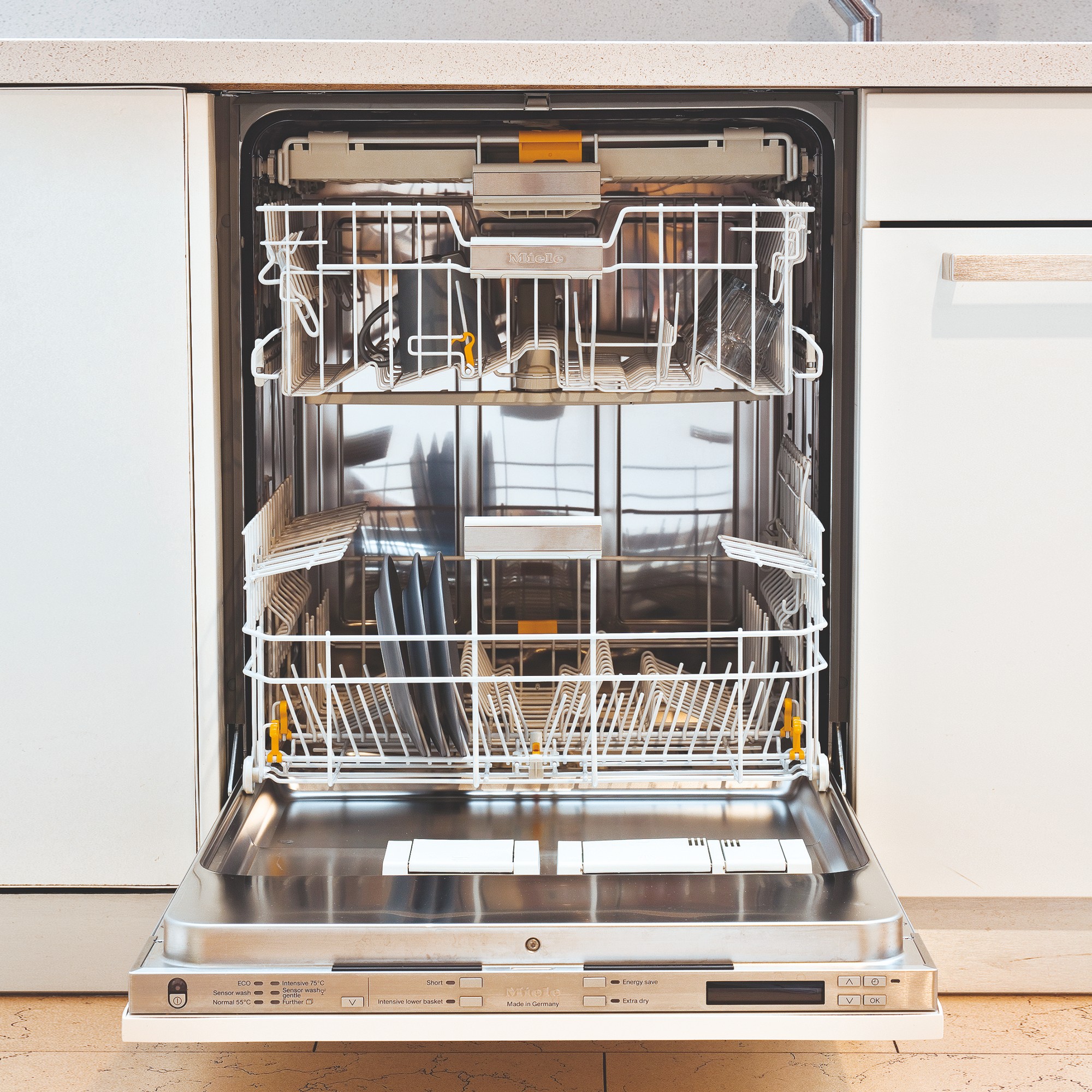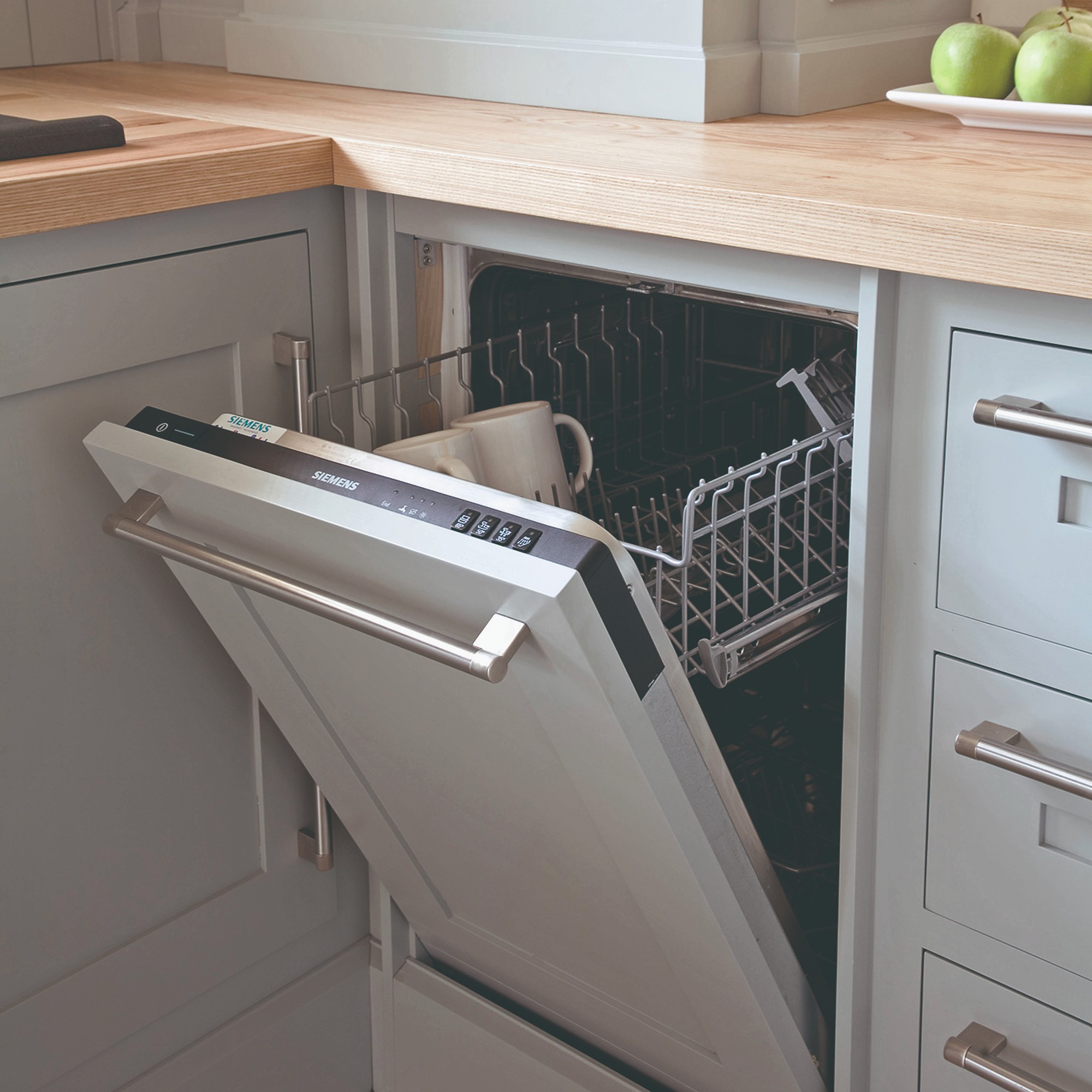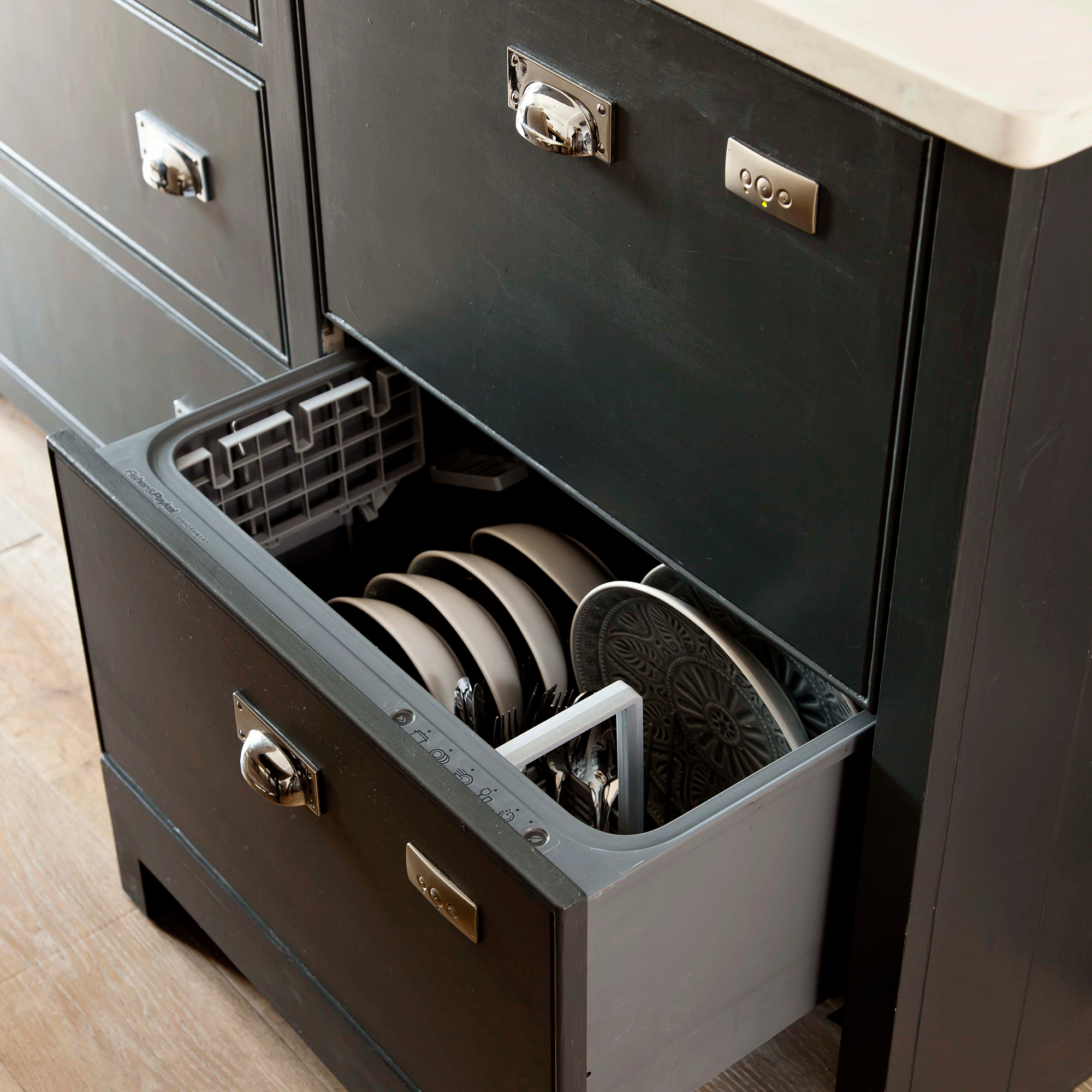Hugh Jackman just experienced a very common dishwasher mishap – this is what to do if it happens to you
The experts explain how to fix this disaster...


Over the weekend, Hollywood star Hugh Jackman treated his 31.4 million Instagram followers to a comical Insta story of his dishwasher overflowing with soap suds and bubbles. The Hugh Jackman dishwasher disaster was caused by a simple mistake - using washing up liquid in place of a dishwasher detergent.
This just goes to show that celebrities make mistakes just like the rest of us, as we already found out with Stanley Tucci’s garden furniture varnish error.
And as it turns out, this is a common dishwasher mistake, according to our industry experts. So if you do ever find yourself in the midst of a foamy, bubbly mishap much like the Wolverine actor, our pros put together a simple step-by-step guide to get yourself and your best dishwasher out of the mess.
What to do if you experience the Hugh Jackman dishwasher disaster

We all love our dishwasher – they're convenient and cheaper than handwashing the dishes. But they have to be used and taken care of properly to keep it that way.
While they have a very similar (if not the same) purpose, dish soap and dishwasher detergent are two very different things that should under no circumstances be used interchangeably.
‘Only dishwasher detergent is recommended for use in dishwashers because it’s specially created for these appliances and designed to clean dishes without suds,’ says Matt Ayres, appliance expert at kitchen and appliance store RDO.
‘If you find yourself with no dishwasher detergent, you might be tempted to use dish soap like Hugh Jackman recently. However, this will only result in a thick, sudsy foam in the appliance that can overflow through the dishwasher door.’
Sign up to our newsletter for style inspiration, real homes, project and garden advice and shopping know-how

Dmitry Letsman, dish category manager at kitchen and laundry appliance retailer Hotpoint, chimes in with an additional warning, ‘Not only will it turn your machine into a bubbly mess. This kitchen mishap can potentially damage your dishwasher and the surrounding plumbing too, which could result in a costly visit from the plumber.’
But if you find yourself in this unfortunate situation, then follow these steps.
1. Stop the wash cycle

Don’t wait around for the cycle to finish. Cancel it as soon as you realise your mistake.
‘Stop the dishwasher immediately,’ advises David Miloshev, Fantastic Services' appliance technician. ‘Open the dishwasher as soon as you realise you've made a mistake and stop the cycle to prevent it from creating more suds.’
2. Drain the dishwasher and remove all dishes
Before opening up your dishwasher, press the drain button to get rid of any water left over from the washing cycle.
‘Once you’ve stopped the wash cycle, press the drain button to remove any residual water from the machine,’ Dmitry recommends. ‘After the wash cycle has completely stopped and the dishwasher has drained, remove all dishes from the appliance and place them in your kitchen sink to rinse off the remaining soap.’
3. Remove foam

Once you open the dishwasher and remove the dishes, clean up the soap suds.
‘Remove the excess foam. Use a sponge or towels to carefully remove the excess foam from the interior of the appliance. While doing that, be careful not to spread it around and avoid using anything that might scratch the interior,’ says David.
4. Add cooking oil or vinegar
‘To reduce the soap suds, add a small amount of white vinegar or cooking oil to the dishwasher and run a short cycle without any dishes to help break them down. During this step, don't add any dishwasher detergent,’ David advises of an effective homemade hack.
You should add about 50ml to the bottom of your dishwasher and then select a quick wash cycle.
5. Run a rinse cycle
‘Once all visible signs of the soap bubbles are gone, run another wash cycle to remove any remaining dish soap residue as this can lead to soap scum build up,’ Dmitry warns.
6. Check drain and filters

Lastly, check your dishwasher’s drain and filters for any soap build-up.
‘It’s also worth checking the filter and clean it if necessary. Excessive soap can clog the filter and reduce the efficiency of your appliance,’ Matt says.
Hopefully, now that you’re prepared, there will be no onset of panic if you ever find yourself in this predicament.

Sara Hesikova has been a Content Editor at Ideal Home since June 2024, starting at the title as a News Writer in July 2023. She is now also the Ideal Home Certified Expert in Training on Furniture, and so far has tested over 150 different sofas.
Graduating from London College of Fashion with a bachelor’s degree in fashion journalism in 2016, she got her start in niche fashion and lifestyle magazines like Glass and Alvar as a writer and editor before making the leap into interiors, working with the likes of 91 Magazine and copywriting for luxury bed linen brand Yves Delorme among others.